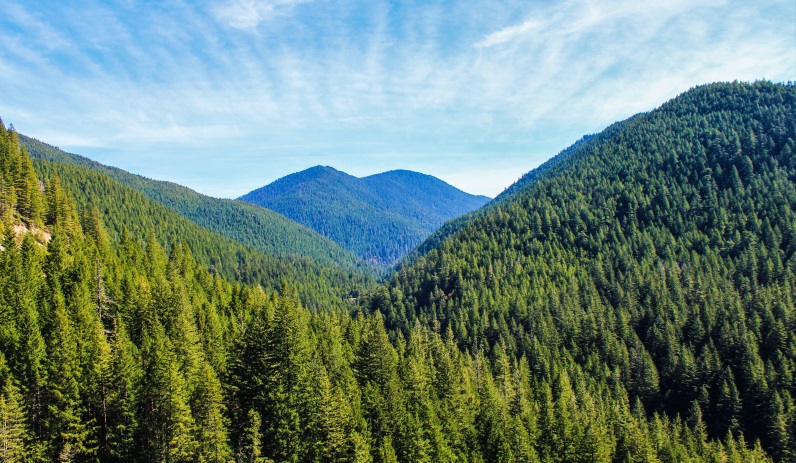Taking a few steps off of the Battle-Axe Bridge, I quickly turned back to the impossibly slow cacophony of one of the bridge’s log stringers cracking under tons of weight and decades of decay. This was not the season’s first big setback by any means, so the radio-call about the break and the subsequent emergency response from the rest of the staff was strikingly calm and almost casual. But that night, when my mind caught a moment to reflect, I thought of a conversation that for me had started soon after my arrival at Jawbone, but for others had probably begun years ago.
We talk often about the conflict of wanting to both share and protect this place, and despite the near-worship of Edward Abbey up here, no one seems capable or at all desirous of carrying out some kind of eco-sabotage (i.e. destroying the Battle-Axe Bridge, or the half-bridges for that matter, or the mysterious sinkhole in the road that’s become a constant reminder that things fall apart). But while the people that live here want to welcome the world with open arms, we’re also a small audience to the inevitable impact of humans in this area, both visiting and inhabiting. Countless piles of garbage, campfires scorching root systems, and surely even the run-off from Jawbone Flats are just a few of the more obvious “externalities” of being here. So while the battle of saving the forest from saws and mills has been won, a new movement from within and without this organization has begun to emerge, one that focuses on minimizing ecological impact while also maximizing social impact.
We’ve already seen the deleterious effects of over-use in the more popular areas of the Opal Creek Wilderness, but it seems that if the mission of the Ancient Forest Center is achieved then the slow degradation of this wilderness will be outweighed by the protection of lands elsewhere, by the discoveries that are sparked by experiences here, by the connection to nature that is fostered. And while some might take the mishaps that have occurred this year to be omens of the wilderness’ desire to drive us out, this type of anthropomorphizing is one small step above conspiracy theory. Nature is not vengeful, but uncompromising and seemingly indifferent to our wake. Nature, as a system or force, will surely still exist after the last spotted owl has breathed its dying breath, but whether it will display the glorious complexity of eons of evolution is a fate that lies in our hands.
Watching the road continually encroach on the forest at either side, seeing the unregulated camping free-for-all explode suddenly on a holiday weekend, or even gazing at the endless line of parked cars whose impact stretches beyond the protected bubble of Opal Creek, we often wonder what might be done to mitigate the footprints we leave on this land. Would limiting traffic by being a pack-in facility be worth the cost of cutting off access to some people? Would growing more on site be a feasible way to locally source food? Should we shift the classic center-points of our educational programs in order to diminish the unwitting havoc wreaked on those places? How can we engage not only renters and program participants, but also the general public? The conversation continues, and will grow alongside the organization. For now, I feel grateful to be a part of it.


